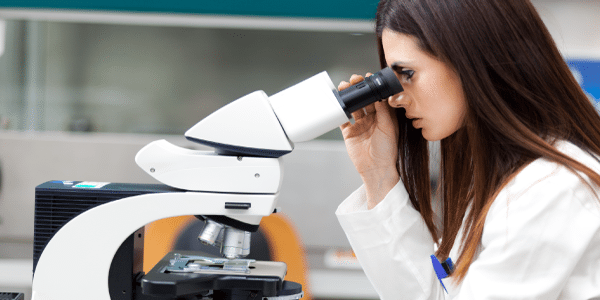Comprehensive Blood Tests, Lab Testing, and EKG Services
Lab Testing & Bloodwork

As part of the Arrowhead Health Center’s commitment to convenience, we provide many different types of lab testing. Services on-site to eliminate the hassle of having to go to a separate location.
Comprehensive Lab Tests to Meet Your Health Needs
Reliable Blood Tests Near You for Accurate Health Insights
Arrowhead Health Centers has an on-site lab for your convenience. Whether it be a Diabetic panel, Thyroid testing, metabolic testing or blood work, we are able to complete the lab work here and provide safe and easy online access to your records.
Get an EKG Test Near You for Heart Health Monitoring
Electrocardiography (or EKG) is the process of recording the electrical activity of the heart over a period of time using electrodes placed on a patient’s body. These electrodes detect the tiny electrical changes on the skin that arise from the heart muscle depolarizing during each heartbeat.
In a conventional 12 lead EKG, ten electrodes are placed on the patient’s limbs and on the surface of the chest. The overall magnitude of the heart’s electrical potential is then measured from twelve different angles (“leads”) and is recorded over a period of time (usually 10 seconds). In this way, the overall magnitude and direction of the hearts electrical depolarization is captured at each moment throughout the cardiac cycle. The graph of voltage versus time produced by this noninvasive medical procedure is referred to as an electrocardiogram (often abbreviated ECG or EKG).cs of human movement.
Lab Testing Centers
We offer lab testing services in the same building as our other services so you can have your medical needs taken care of quickly and conveniently on the same day. Call 623-334-4000 to speak with a helpful and friendly representative or click on the button to schedule an appointment.
